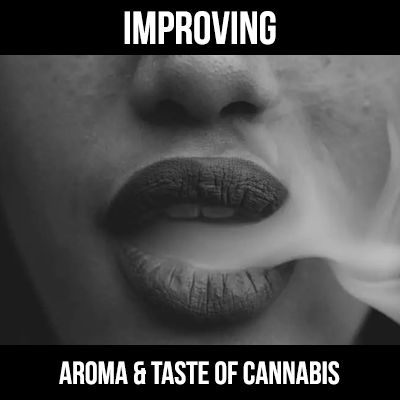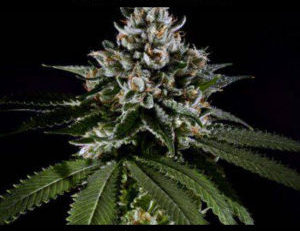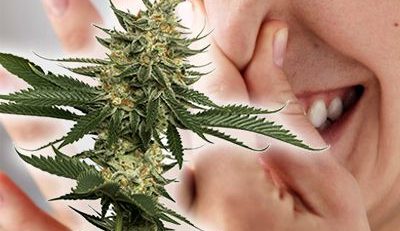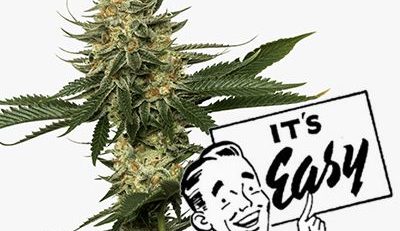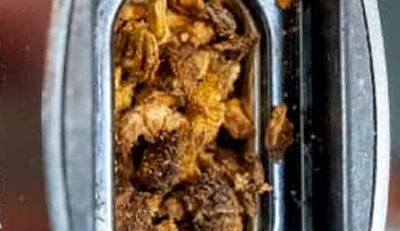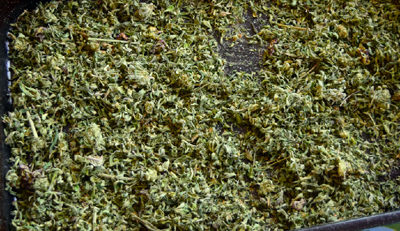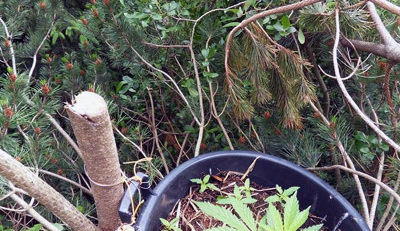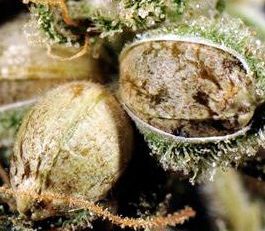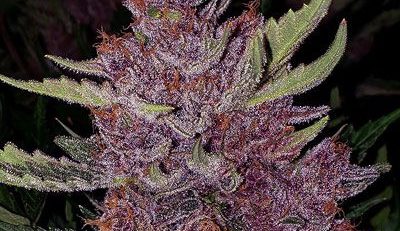Improving the Aroma & Taste of Cannabis
Every strain has a distinct smell and taste, whether fruity, skunky or a cross between the two. All growers value large yields and potent flowers, though nothing delivers the sense of achievement like buds that smell and taste delicious, tempting, and irresistible.
When growing cannabis, most strive for large harvests of high-quality buds, though this is mainly due to rising consumer demand for highly-potent buds, though growers too want to ensure they receive the desired quality, cannabinoid quantity, and returns on their harvest investment.
Another factor adding to the value and character of a harvest is the taste and smell of the flowers. Many strains have nostalgic aromas and flavors that are familiar to us all, so much so that many strains are named after the dank smells of skunk, diesel, and cheese, and fruity strains, which often have vibrant aromas, are usually given names such as apple, blueberry, and pineapple.
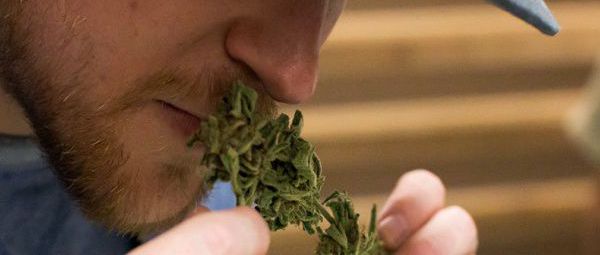
Steps to Enhancing Cannabis Smell and Taste
There is a range of ways to make cannabis smell and taste even better. Though remember, such methods should be used, concurrently, alongside general-care practices and should not substitute the basics of cannabis cultivation.
Without further ado, let’s review the ways growers can enhance the taste and smell of cannabis.
Contents
Cannabis Smell and Taste is all about Terpenes
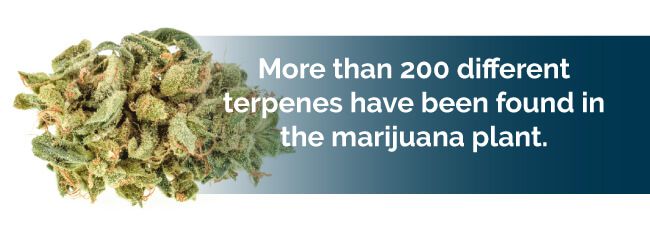
Terpenes are undeniably essential to enhancing cannabis flavor and smell. These compounds are found in plants, though they are often seen in aromatic products, such as perfumes and shower gel.
On marijuana, terpenes form on the flowers alongside trichomes and cannabinoids. It is essential to smell and taste that growers take measures to enhance the production of terpenes to harvest tasty, pungently-aroma buds.
Terpenes are a little-known compound contained within buds, the more a plant has, the greater its smell, taste, and potency will be.
Higher terpene production is what growers wanting stronger buds should focus on as they contribute to improving the quality, smell, taste, and potency.
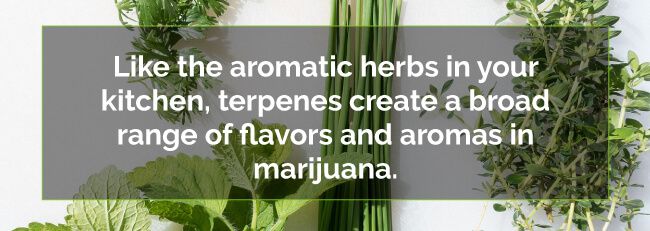
How to Increase Terpene Production
Placing stress on plants is a great way to increase terpene production, though this is only recommended to seasoned cultivators with prior growing experience.
The reason being, an over-stressed plant may stop producing terpenes altogether and could even die.
Adding stress to plants and enhancing the plant by doing so is all about timing, this should only be done around the middle of a plant’s lifecycle or at least two weeks before harvest.
Growers should apply stress to plants over an extended period of time and not all at once. LST, or Low-Stress Training, is an ideal approach as it involves moving or bending stems using minimal pressure. The goal is to force the plant to grow upwards and outwards, though growers should be careful to avoid breaking branches and making physical contact with buds.
Potentially more effective, some growers use High-Stress Training (HST) to increase terpene production, though in doing so, subject plants to more harm as HST involves breaking certain parts of stems while avoiding external damage. Growers also have the option to prune or trim unnecessary leaves, albeit, strategically and with precision.
Growers doing this step properly, and within two weeks of harvest, will maximize the flavor and scent of buds as it not only increases terpene levels but the amount of trichomes the plant produces too.
Now that we covered terpenes, here are ways growers give cannabis the sensational taste and heavenly aromas that cannabis-culture connoisseurs enjoy the most, let’s get to it.
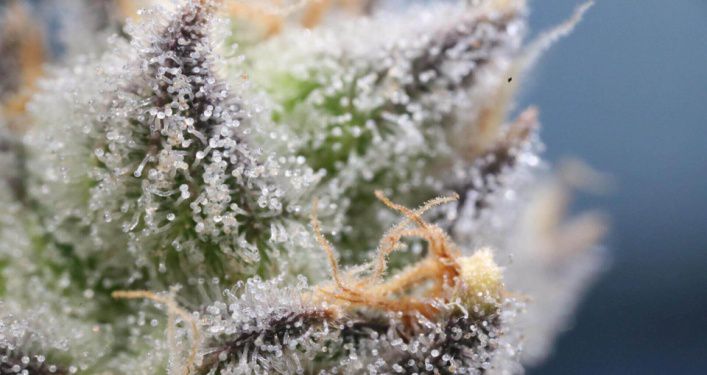
Potent Aromas and Taste are Quality-Cannabis Traits
One of the actions people take when purchasing cannabis is putting their nose in the bag or jar for a lungful of aromatic nostalgia.
When it comes to smoking preferences, smell and taste are buying-decision factors most considered by consumers, after all, these traits are quality indicators.
There is an endless supply of methods and techniques for producing colossal harvests and fully-frosted buds that contain behemoth amounts of cannabinoids.
There is no debate that these are important factors of a healthy and prosperous yield, though taking measures to secure optimum results, in terms of smell and taste, only adds to the overall quality and appeal of the harvest.
The marijuana plant contains over a hundred cannabinoids and terpenes, the second of which being the property contributing most to aroma and flavor. Whether recognized or not, the smell of buds greatly influences the perception of its quality and usually correlates with its potency and deliverable experience.
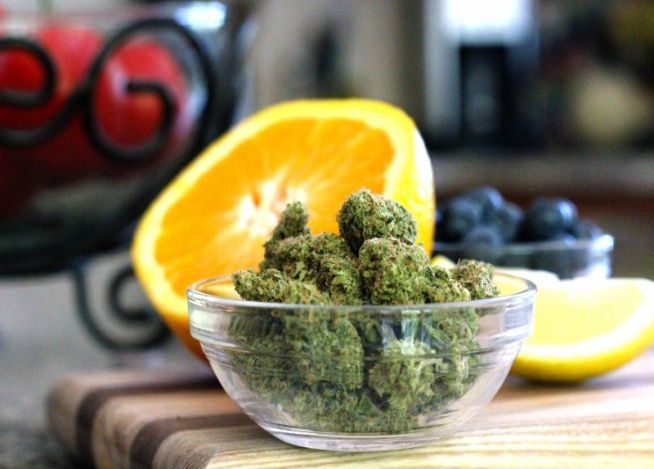
Maximizing Smell and Taste of Marijuana
Growing cannabis is not difficult but maximizing yields and flower potency, as well as its aroma and flavor, has a bit of a learning curve though can be mastered by following a few simple steps.
Knowing how to grow a cannabis plant during the early stages of growth is as important as knowing how to grow it at the end of its life cycle. The harvest is very, very important. Growers need to know when to harvest their plants to get the most of their buds.
Once the growing weed basics are learned, the next step is learning the process of drying cannabis as this has a great influence on the strength, smell, and taste of the marijuana buds. Once mastered, growers can enhance the smell and taste of their buds to oh-so-good perfection.
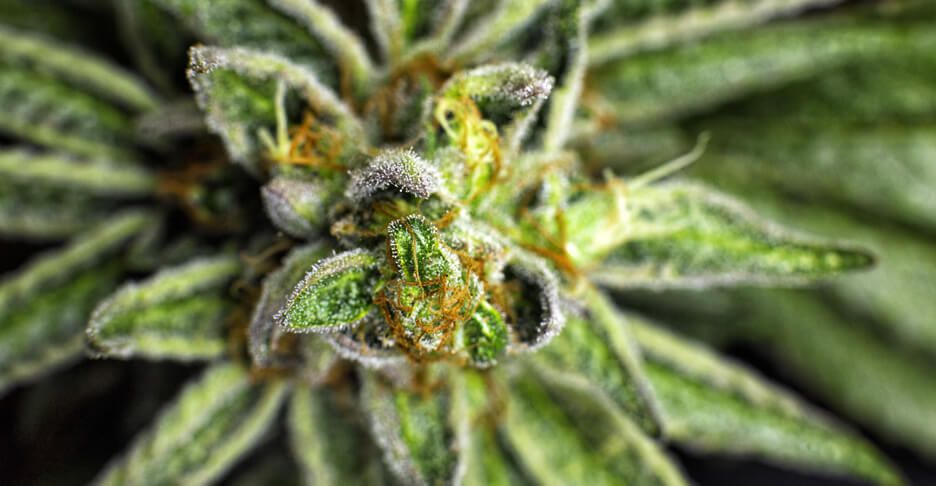
Once the grower has mastered the plants terpene production with the steps above, they can now focus on these five next steps to improving overall cannabis quality.
5 Ways Growers Improve Cannabis Quality
Supplements & Nutrients
There is what seems to be a never-ending supply of nutrients and supplements on the market.
However, growers can narrow options by focusing on products engineered to enhance the smell and taste of marijuana buds.
It is important for growers to not use too many supplements when plants are flowering. Ideally, growers will nutrient-enrich plant-soil during the vegetative stage. Once flowering, it will need nutrients rich in Potassium and Phosphorus.
It is rather enticing for growers to use chemical nutrients, which are nutrient sources containing molecular compounds, such as Ammonium Phosphate and Potassium Nitrate.
Chemical nutrients are grower-favorite solutions to enhancing the smell and taste of buds as they boost vegetative growth while helping to increase terpene and trichome production; a win-win for cultivators.
However, seasoned growers often advocate organic growth to be the best approach claiming buds smell better when nutrients are broken down in the soil naturally. There are many brands selling organic nutrients, though growers can nutrient-enrich soil themselves by adding amendments, such as fishmeal, bat guano, and worm castings to the soil.
Black treacle has become popular among growers too as they give plants growth-essential minerals, amino acids, and carbohydrates that help crops to develop the best possible taste and smell. Growers typically add a teaspoon of molasses to each gallon of water before watering plants, and this works well too for cannabis growers planting crops in coco coir, a soilless growing medium giving the experience of growing in actual soil.
Enriching the soil and using nutrients is best when done a few weeks prior to crop harvest and helps the plants to maximize smell and taste potential.
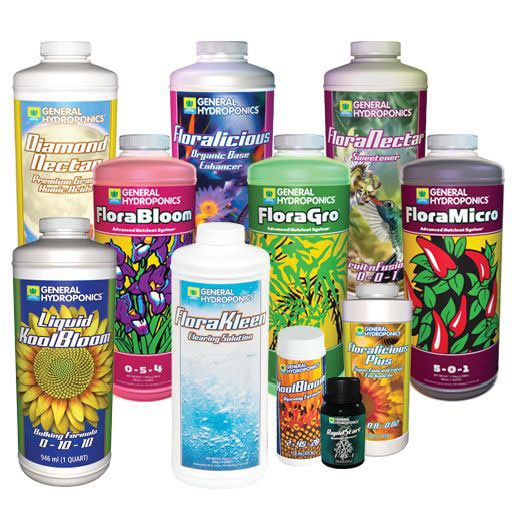
Powerful, UV-B Lights
Growers of all experience levels know how essential it is for cannabis plants to have exposure to a strong light source.
When marijuana is grown outdoors in climate-suitable conditions, the sun delivers the proper kind of light (UV) plants need to taste, smell, and look their best.
Outdoor growing is not feasible for most cultivators though which is why most grow indoors instead.
HPS is the most popular lighting option, although, UV-B lighting is best for cannabis as it can help to raise trichome production levels while enhancing the smell of the bud too. While we cannot see ultraviolet light, its effect on life is rather profound.
UV-B lighting can harm plants though trichomes protect the plant similar to how people use sunscreen to safeguard themselves from sun rays. Growers using UV-B lighting wear protective eyewear to avoid damage to their eyes; extended exposure without glasses could lead to visual impairment.
There is another light-source option named UV-A too though UV-B lighting is best for cannabis plants.
Apart from the sun, which is the best of all UV light sources, indoor growers normally use LEDs, LECs or CMHs.
For general knowledge, glass blocks a large majority of UV light, so growers need to ensure they have no such barrier between plants and the light source so crops receive the adequate, light-sourced nutrients they need to taste and smell their best.
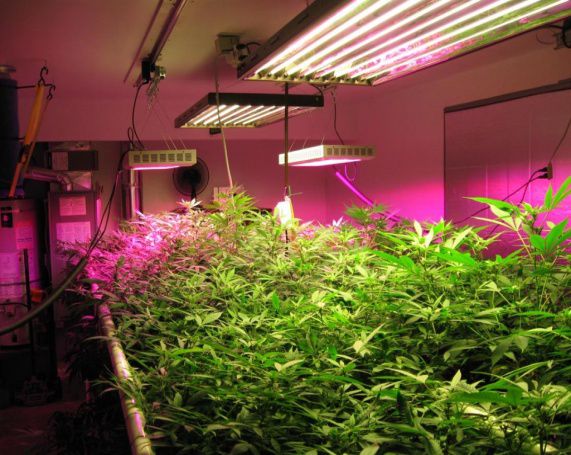
Living Soil
In the cannabis world, living soil is often referred to as super soil as it is soil containing active colonies of microorganisms that help plants to thrive and prosper.
It is an improved version of all-natural soil as it includes plant-essential amendments, supplements, and nutrients.
As such, cannabis grown in this soil will usually have greater terpene profiles that result in great-smelling buds that taste amazingly good too.
Living soil hosts a range of organic amendments that become composted.
During this process, soil conditions for microorganism growth are ideal, and when broken down begins feeding nutrients directly to the roots of the cannabis plant.
Thanks to the wondrous results microorganisms provide, growers can plant the cannabis, water the soil, and watch it grow as living soil fulfills the nutrient needs of the plant while ensuring optimal pH levels.
Cannabis farmers prioritizing large-yield harvests may not use living soil as it slows growth; such growers usually use liquid nutrients instead but then sacrifice the flavor and aroma of bud.
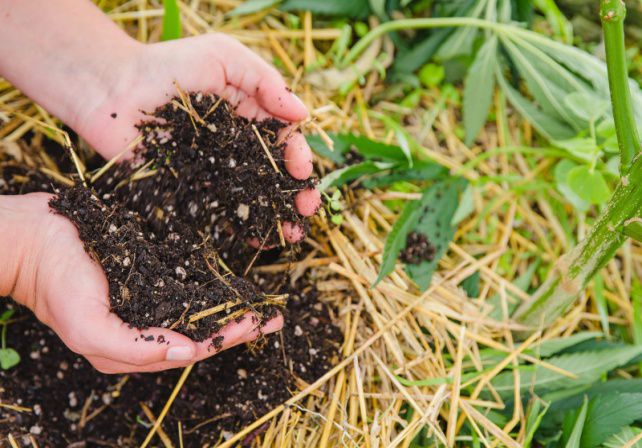
Temperature and Humidity
Ideally, growers will have complete control over their plants throughout their growth cycle, this is especially important when plants reach the six-week mark while in the blooming phase.
For reference, growers that cultivate indoors can force cannabis plants to flower by regulating the light they receive.
Forcing a plant to flower is done by giving them twelve hours of light and total darkness each day, just as they would receive if grown outside in Mother Nature.
During the sixth week of flowering, grow room temps should be no more than 80 degrees Fahrenheit, any higher and the buds may lose their pungent aroma as it could be burned off. This means growers should not position plants too close to grow lights, as if they do, they risk depreciating the taste, smell, and overall quality.
During the flowering stage, terpene contents begin to increase. At this stage, nighttime temperatures should be reduced by up to ten degrees as cooler temperatures boost terpene production, plus, depending on the genetics of the cannabis plant, lower temps can bring about pink and purple colors too.
Reducing Relative Humidity to 50% or less during the flowering stage is important as well, and too, most experts believe trichome production increases when RH is brought to 30% or below. This works due to the way cannabis plants react to dry air; it stresses the crop and in return produces more trichomes.
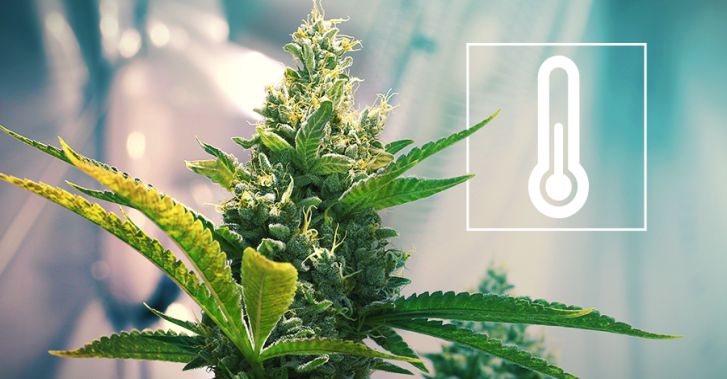
Drying and Curing Cannabis
Even when the crop is harvested the work of a grower is far from over.
Drying and curing cannabis is perhaps the most important of steps for growers wanting fragrant buds. This is a delicate and time-sensitive process no grower should rush.
If dried too quickly the buds may have a minty-potent taste so it is important growers take their time during this stage of the harvest.
Drying rooms should be kept between 60-70 degrees with a Relative Humidity of around 50% though it is arguably better to keep temps in the upper 60s in order to prevent mold formation.
Buds are best harvested when they can be snapped off, if flexibly-bendable, they need time to mature.
The curing process is essential to flower quality and significantly enhances the smell and taste of weed. It is best for buds to be stored in mason jars that are no more than 80% full of cannabis and it is good practice for these jars to be opened a couple of times per day for the first two weeks.
Humidity within the jar should be monitored at all times, though products, such as humidity packs, let growers keep humidity at optimal levels automatically. Buds sticking together is a sign of too much humidity and moisture in the jar, if this happens, the jar should be opened for an hour. Busy cultivators not having the time to monitor humidity levels manually typically use a hygrometer, which is placed in a jar to monitor humidity levels for the grower.
Relative Humidity should be 62%, which according to experts, is the golden number for curing cannabis.
After a week or two, jars should be opened at least once per day. After a month, the cannabis should be fully cured though quality and smell are likely to improve if left in the jar for a few months.
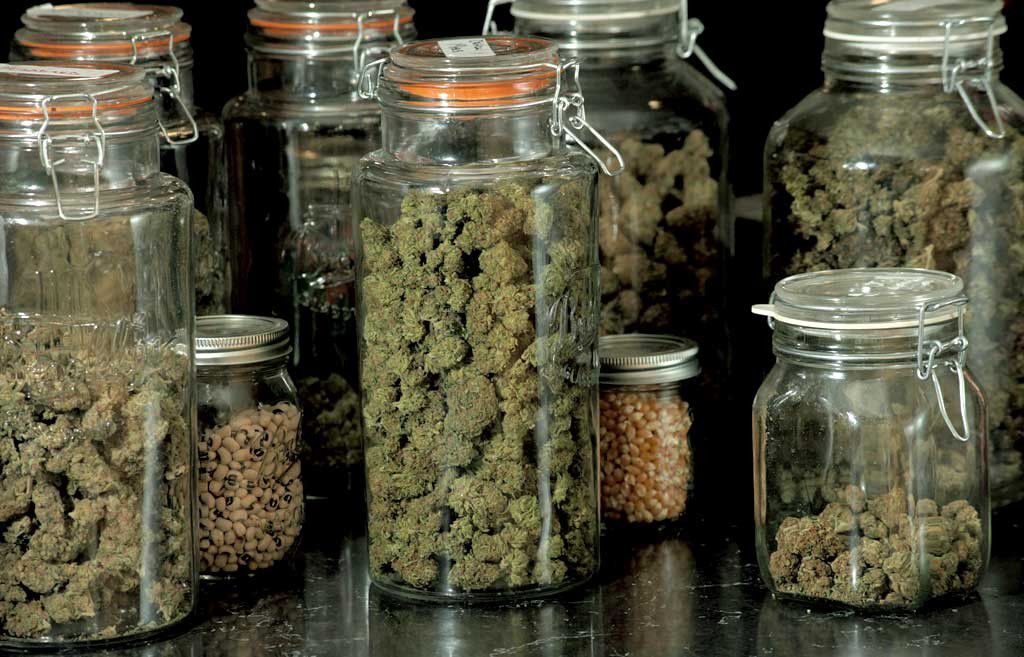

Final Thoughts – Picking a Fragrant Cannabis Strain
With the knowledge shared in this StickySeeds guide you now know how growers make the most of their cannabis flavor and potency. Though remember, what can be done with cannabis is genetics-limited.
If a weak-genetic strain incapable of producing great-smelling buds is grown, all the care and treatment in the world will not change that.
A simple solution is growing a strong-genetics strain known for pungent aromas, strains such as:
- Blueberry
- Bubblegum
- Blue Cheese
- Pineapple Kush
- Somango
- UK Cheese
- Grape Ape
- Auto AK47 x Blueberry
- Auto Sour Diesel
- Auto Somango x Blueberry
Growing cannabis is a delicate process. It is important to avoid making basic mistakes that could lead to issues with the taste or smell of the cannabis. We are aghast whenever we hear of growers (likely novices) spraying air-freshener spray on or around plants as when cannabis plants become subjected to such chemicals the taste and smell will almost surely be compromised, no grower should ever do this.
One issue that may occur is mildew or mold, this mostly happens during the flowering and drying phase.
If cannabis shows signs of either it should be immediately tossed as mold has the propensity to spread quickly, which would ruin the entire crop. Not only that but ingesting mold-infested cannabis could lead to complications in the respiratory system.
Finally, cannabis growers should cultivate strains that are able to thrive in their growing environment.
Considering the desired taste and smell and not cutting corners goes a long way for growers wanting beautifully-pungent, great-tasting flowers with flavors equally impressive to its eye-appeal.
Thank you for visiting us here at StickySeeds.co.uk, we hope you enjoyed this guide and learned how to make cannabis stronger, feel free to explore our cannabis seed marketplace, and if you have questions feel free to contact our friendly team at any time and we would be happy to help answer any questions you have.

